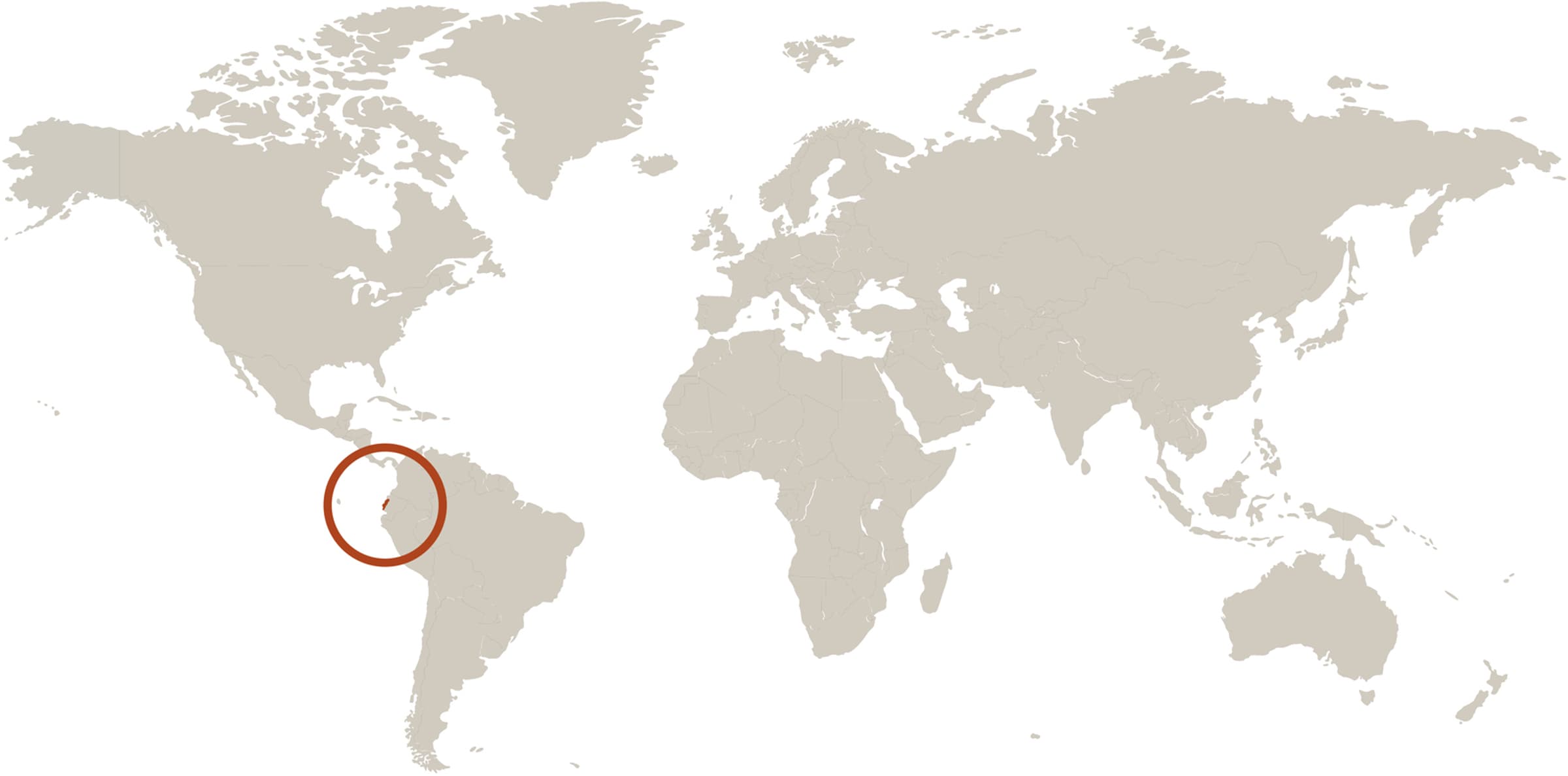
Kiki Poison Dart Frog
Oophaga sylvatica
Did you know?
- Kiki poison dart frogs are a part of the Dendrobatidae family, which they share with other poison dart frog species.
- They are also known as diablitos or little devil frogs.
- They live in rainforests in Northwestern Ecuador and Southwest Colombia.
- The tadpoles of this species have been known to feed on their weaker siblings.
- Poison dart frogs are highly vocal amphibians.
Poison Dart Frogs
There are over 100 species of poison dart frogs. They are well-known for their vibrant colors and for being poisonous. In fact, their bright colors warn predators they are poisonous. Their toxin helps these frogs defend themselves against threats and keep fungi and bacteria from growing on their skin. Their name comes from the history of some tribes in South America using the poison of certain species of dart frogs on their weapons. Kiki poison dart frogs, like all dart frogs, are not born poisonous. Instead, they become poisonous due to their diet.
Young and Family
A lot is known about poison dart frogs, although less research has been done specifically on the Kiki poison dart frog species. In general, poison dart frogs can breed throughout the year and their breeding is dependent on rainfall. A male will fertilize eggs after a female has laid them. Once the eggs hatch, the tadpoles will be carried by the parents on their backs. Months after hatching, the tadpoles go through metamorphosis and grow into adult frogs.
Threat Level
- Unknown
- Common
- Near Threatened
- Threatened
- Endangered
- Critically Endangered
- Extinct in the Wild
Threatened
The Kiki Poison Dart Frog faces a high risk of extinction in the wild.
Range
Northwestern Ecuador and Southwest Colombia.
Habitat
Rain forests

We care about Kiki poison dart frogs
We support Kiki poison dart frogs and other species of Ecuadorian amphibian at the Zoo. Learn more about how we are helping many amphibians around the world.
Find this animal in Historic Hill

SAINT LOUIS ZOO ZONE
Historic Hill
Historic Hill is a lovely stroll through one of the oldest parts of the Saint Louis Zoo. From the 1904 World’s Fair Flight Cage to the Spanish architectural flavor of the 1920s in the Bird House, Primate House and Herpetarium to the finishing touches of our thoroughly modern exhibits, this area of the Zoo has a unique ambiance and a nostalgic history that make it a great destination.

